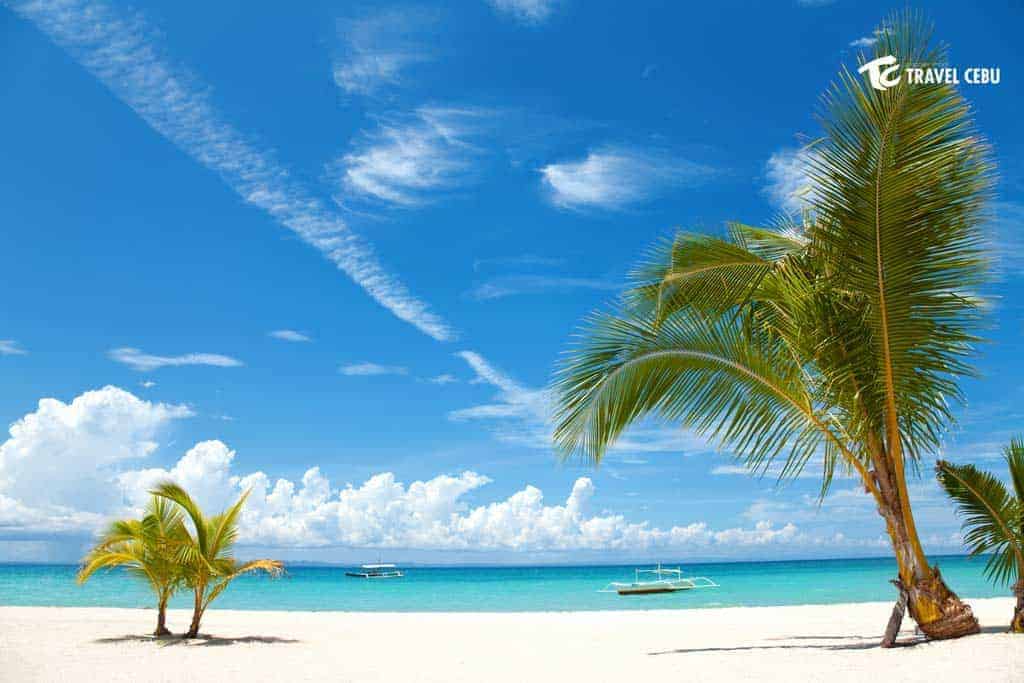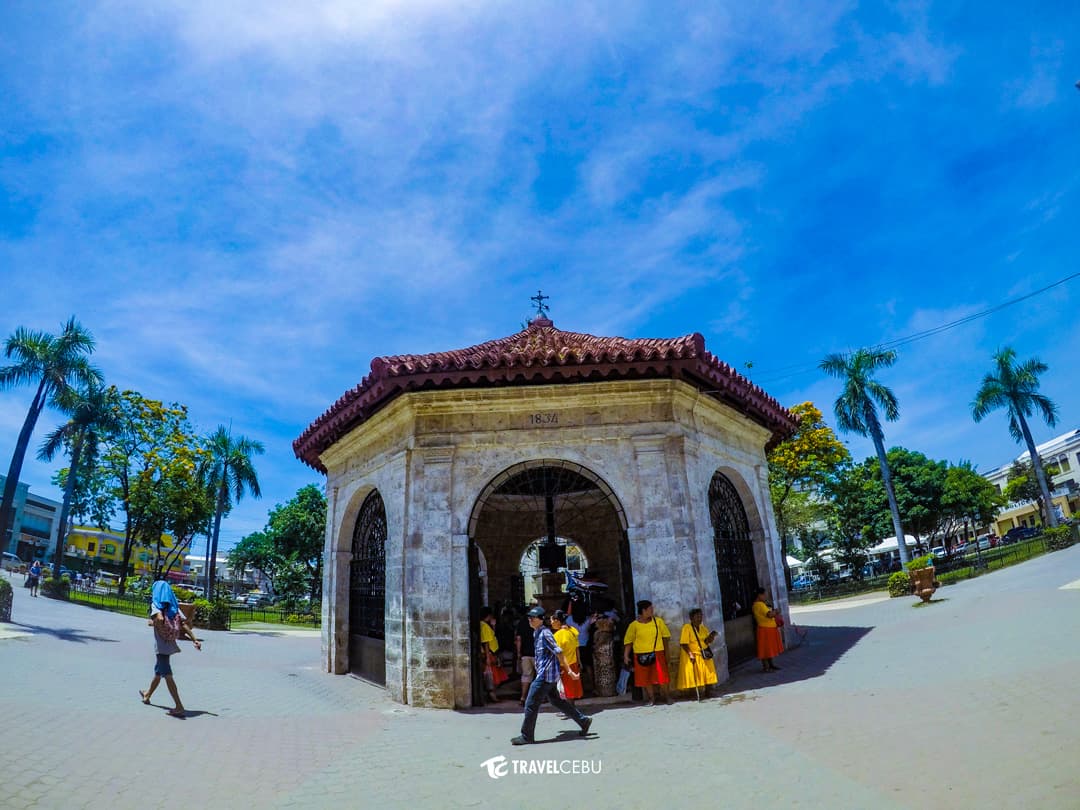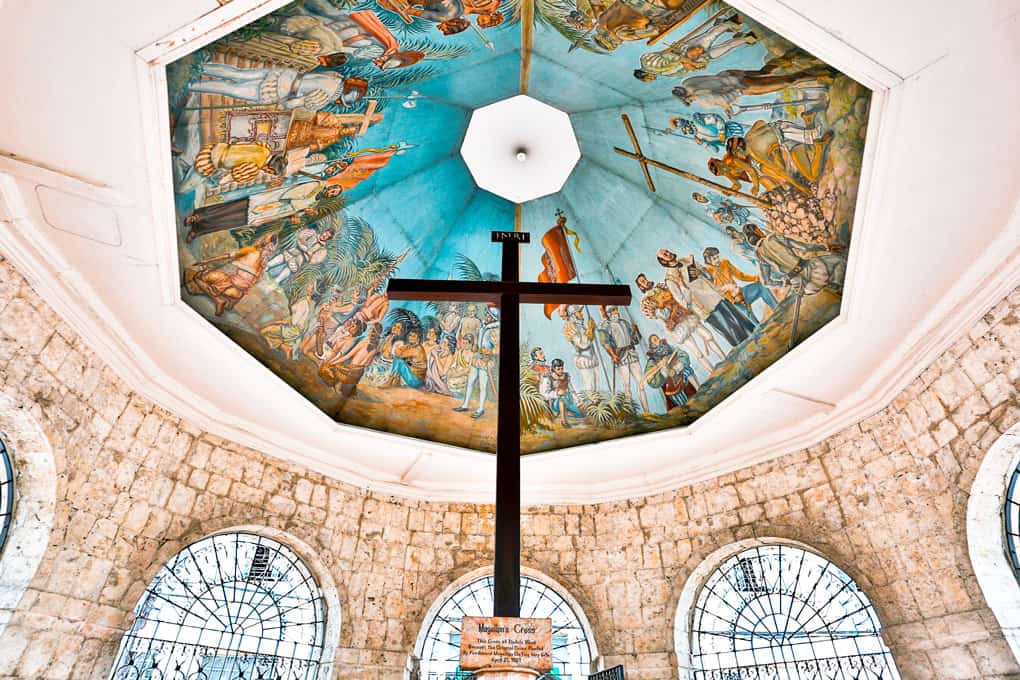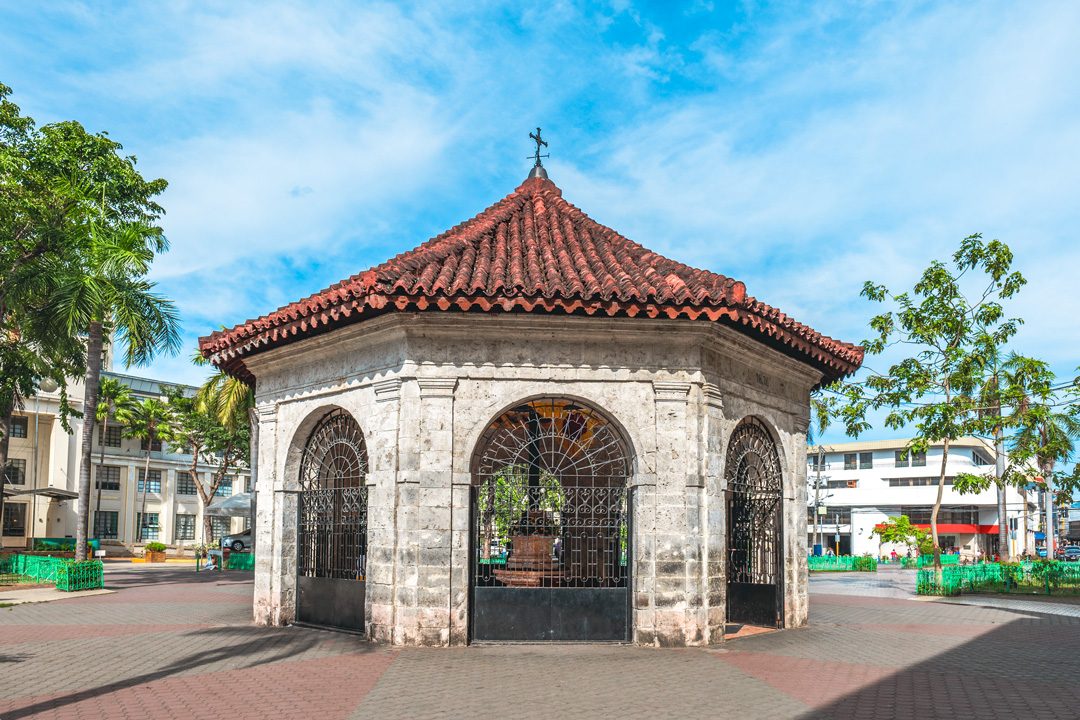Magellan’s Cross
- Type: Cultural & Religious
- Location: Cebu City
- Family Friendly: Yes
- Rating: 4.8
Information and History About Magellan's Cross Cebu
Magellan’s Cross is a significant symbol of Christianity’s introduction to the Philippines by Ferdinand Magellan in 1521.
This landmark represents the birth of the Roman Catholic faith in Cebu and the archipelago.
The wooden Cross is encased in Tindall wood and is located in a small chapel in downtown Cebu.
It is a popular Cebu tourist attraction and a revered site, drawing visitors for its miraculous powers and as a symbol of faith, exploration, and Filipino heritage.
Magellan’s Cross is an essential stop for anyone visiting Cebu City to experience the profound impact of Christianity’s arrival in the Philippines, commemorated through this iconic Cross.
Entrance Fee:
Free
Magellan’s Cross Location:
Magellan’s Cross is situated in Cebu City, Philippines, next to the Basilica Minore del Santo Niño on Magallanes Street, opposite the city hall of Cebu City.
How To Get There:
Fly or Ferry to Cebu: Use Mactan-Cebu International Airport or ferries for inter-island travel.
Transport from the Airport: Take a taxi or ride-hailing service (e.g., Grab) to downtown Cebu.
Local Commute: Use jeepneys or buses heading to the city center, aiming for Magallanes Street, near Cebu City Hall and Basilica Minore del Santo Niño.
Walking or Taxi: If nearby, walk to Magellan’s Cross or opt for a taxi/ride-hailing app for direct access.
Private Cebu Tour: Upon arrival, skip the hassle of public transport and opt for our private tour package. This service includes airport or ferry terminal pickup, ensuring a smooth transition to Cebu City.
Frequently Ask Questions:
When Was Magellan’s Cross Built?
Magellan’s Cross, a significant symbol of the Roman Catholic faith and a critical historical landmark was planted by Portuguese and Spanish explorers led by Ferdinand Magellan on April 21, 1521.
This event, occurring upon their arrival in Cebu City, marked the introduction of Christianity to the Philippines.
To protect the original cross, believed by many to possess miraculous powers, it was encased in tindalo wood and is now prominently displayed in a small chapel located in downtown Cebu, near the Cebu City Hall on Magallanes Street.
This location is not just a popular tourist attraction but also a testament to the momentous day when Magellan planted the cross, symbolizing the birth of Christianity in the land.
Why is Magellan’s Cross Famous?
Historical Significance: It symbolizes the arrival of Ferdinand Magellan in Cebu City in 1521 and the introduction of Christianity to the Philippines, marking a pivotal moment in the country’s history.
Symbol of Christianity: The Cross introduced the Roman Catholic faith in the Philippines and led to the widespread adoption of Christianity across the islands.
Architectural and Cultural Landmark: Housed in a small chapel near Cebu City Hall on Magallanes Street, the cross is a key cultural landmark in downtown Cebu, reflecting the blend of indigenous and Spanish influences.
Miraculous Powers: Many believe the original cross, encased in tindalo wood within the larger wooden cross, possesses miraculous healing powers, adding to its mystique and reverence among devotees and visitors.
Tourist Attraction: This spot in Cebu City, close to the Basilica Minore del Santo Niño, is a must-visit for tourists exploring the Philippines’ rich heritage.
What Does The Painting In Magellan’s Cross Represent?
The mural inside the chapel of Magellan’s Cross in downtown Cebu City depicts the historical moment when Ferdinand Magellan introduced Christianity to the Philippines in 1521.
It illustrates the baptism of Rajah Humabon and his subjects, symbolizing the spread of the Roman Catholic faith.
This artwork, located near Cebu City Hall on Magallanes Street, captures the essence of Magellan’s Cross as a symbol of faith and the beginning of Christianity in the country.
Popular Tours:

Cebu Canyoneering
The famous Kawasan falls, with its powerful and cool blue waters, brings magic in anyone’s travel.

2D1N Tour Package D
Day 1 - Moalboal, Pescador Island, Kawasan Canyoneering, Overnight at Oslob Day 2 – Whale Shark Encounter, Sumilon sandbar, Tumalog falls

Cebu City Tour
Explore the beauty of Cebu City. Witness the rich history of Cebu with its Spanish and religious influences.



